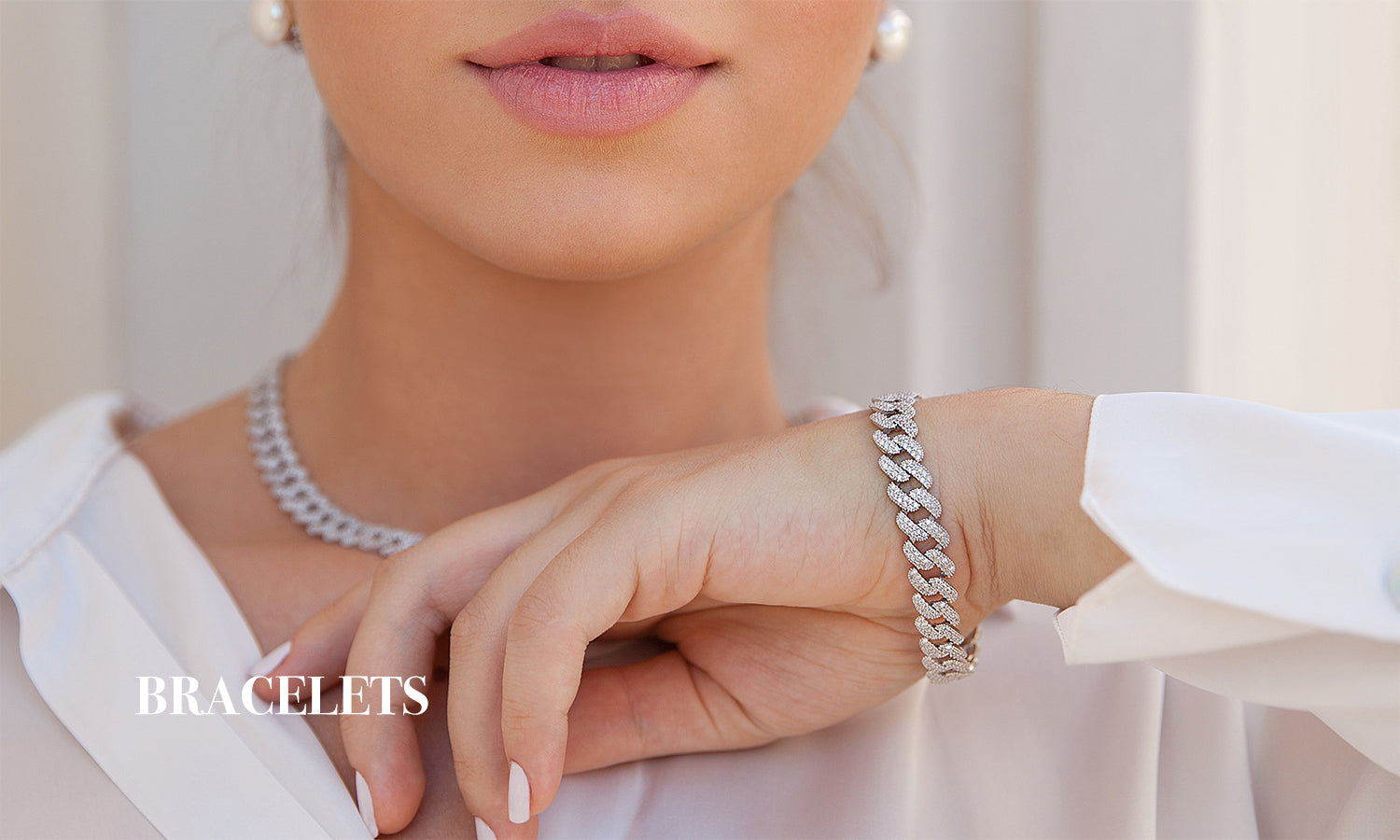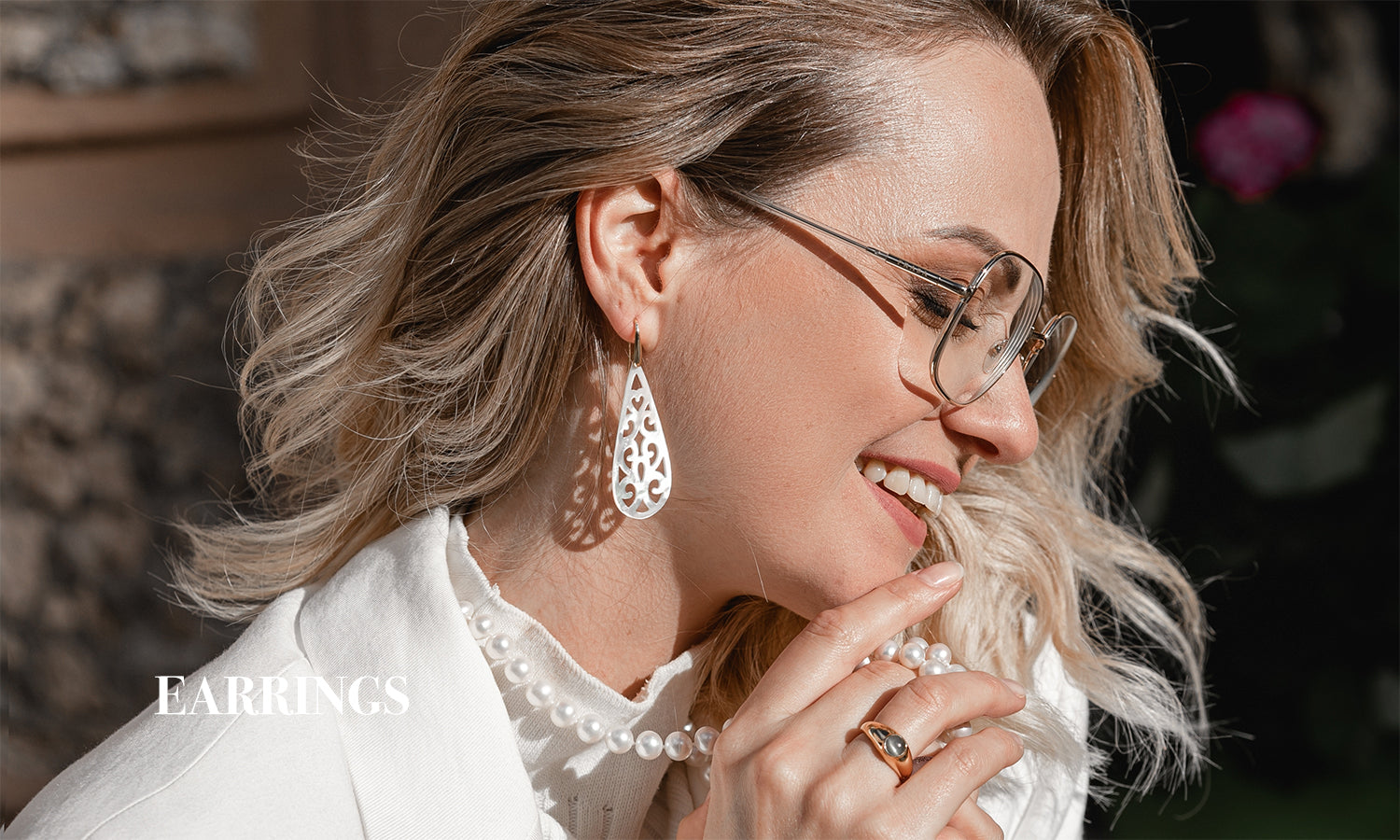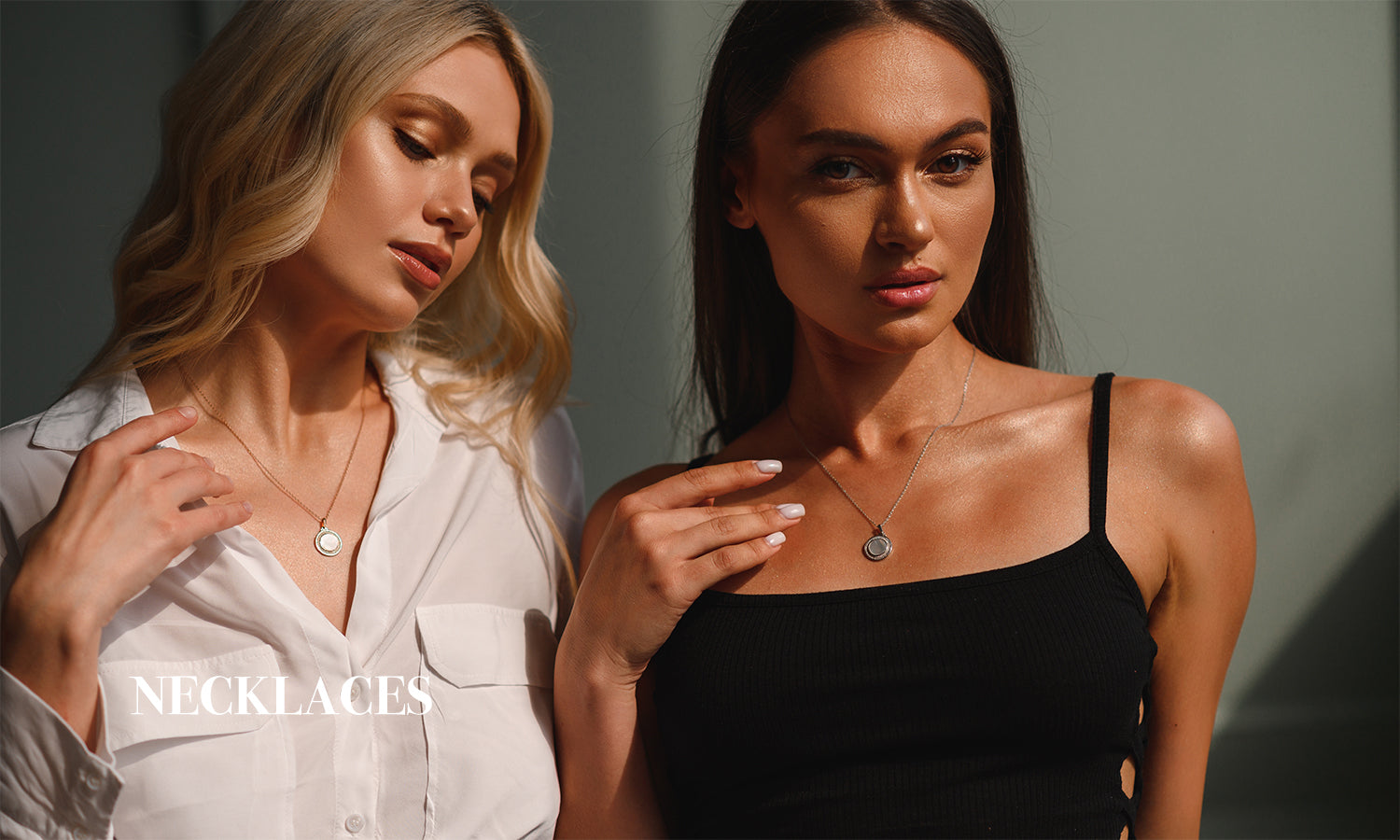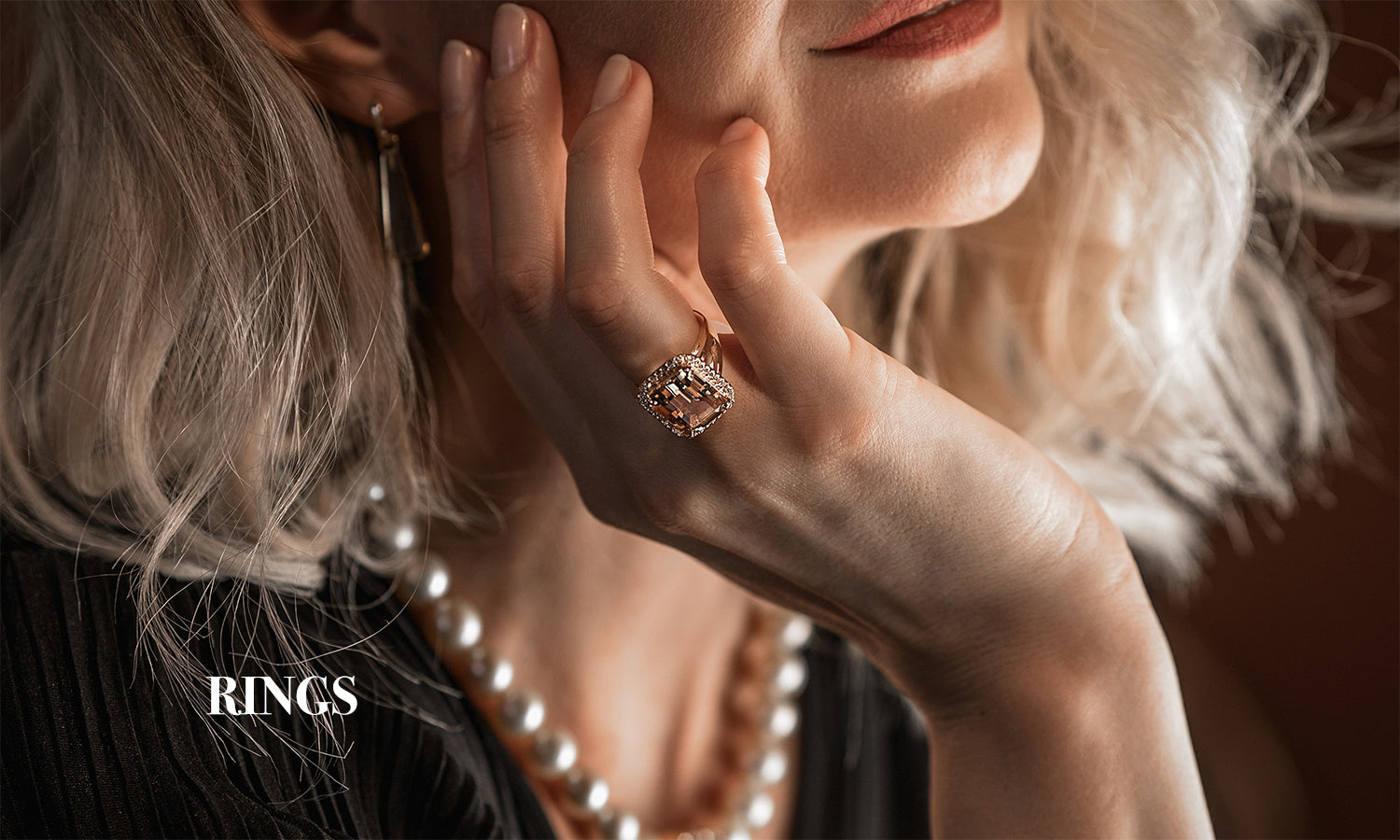
Know the different types of pearls
Share
Gemology is a universe and within it, we can find pearls, one of the most desired gemstones in the world. There are different types of pearls and in this Planderful article, we will explain the difference between natural and cultured pearls.

Source: https://diamondbuzz.blog/understanding-different-types-of-pearls/
Classification of pearls
Did you know that mother-of-pearl spheres called pearls take up to 10 years to form? Pearls can be classified according to their origin. Among them, we find natural pearls, cultured pearls, freshwater pearls, and saltwater pearls. Not all of them are the same and next, we will discover why:
Natural pearls
Natural pearls are those in which there is no human intervention, that is to say, the mollusk produces by itself as a defense mechanism. It is not easy to find this kind of pearls and their value in the market is high.
Natural pearls are also known as authentic pearls. They are formed inside a mollusk, normally an oyster. Everything begins when some type of foreign object is introduced inside the shell of the mollusk in question since it is there when it begins to secrete nacre to protect itself from external aggression. The object can be anything from a piece of sand to a parasite, depending on the specific case.
The nacre is just what ends up giving us that pearl that, later on, we value so much. It is almost magic if you think about it carefully since the oyster turns aggression into a real work of art. The process can last for years. Moreover, these natural pearls are all different from each other. They are never perfect, since we can't control the formation and we can't get them to have a specific shape and color. And that's what makes them so special!
Cultured pearls
The process of creation of cultured pearls is formed in a natural way but with human intervention. The mollusk undergoes a surgical operation performed by a specialist through which the pearl development process is accelerated. However, there is no guarantee of success: so much so, that only 5% of the surgeries provide a pearl. That is why they are considered as valuable as natural pearls.
Nevertheless, human intervention does not go much further. There is no way to intervene in a direct way by selecting colors, sizes, or shapes because the pearl continues forming inside the shell. Its value continues to be similar to that of natural pearls, although it slightly decreases due to the fact that they are easier to find in the market.
Cultured pearls can be cultivated in fresh or saltwater:
- Freshwater pearls
Freshwater pearls are formed precisely in rivers and lakes inside mussels, thanks to the calm waters that characterize this environment.
- Saltwater pearls
As their name indicates, saltwater pearls are formed in the oceans and are distinguished by being larger pieces, compared to freshwater pearls. Normally saltwater oysters can only produce one or two pearls.
Synthetic pearl
These are pearls that are not considered natural, but artificial. There are no mollusks involved, but they are created in a totally manual way by humans. They are not made of mother-of-pearl, but of any kind of resin, and their shape is totally perfect. Of course, synthetic pearls are very easy to find in the market and their cost is much lower.
The synthetic pearl is an economic alternative for those who want to wear a pearl, but do not have a wide pocket. Within this type of pearl, shell pearls are common, which also stand out for having a nucleus made of mother-of-pearl. Majorica pearls, which are generated from totally natural components, are also well known.
Types of pearls
After identifying the process, that is to say, if they are natural or cultivated pearls, and where they come from, it is necessary to specify some types of pearls:
- South sea pearls
Did you know that South Sea oysters only produce one pearl in their whole life? Pearls coming from the South Sea, mainly from Australia, New Guinea, and the Philippines, are characterized for having an approximate diameter of 0.9 to 1.6 centimeters. Besides, South Sea pearls are light-colored, such as white, silver, or golden with a slight pink tone.
- Tahitian pearls
These pearls are usually dark-colored, for example, gray or black. They are also very valuable as the South Sea pearls since each oyster generates a maximum of 2 pearls in its entire existence. Tahitian pearls can be found in Mexico, Panama, and Polynesia.
- Akoya pearls
Akoya pearls, usually found in Japan, China, Vietnam, and Thailand, require a previous treatment to be formed. The natural color of these gemstones ranges from pale blue and light gray. It is interesting to mention that each oyster produces only one pearl in its lifetime.

- Pearls rainbow lips
The rainbow colors are what most distinguish these pearls. It is said that they are special since there are only 2 farms in the whole world: one of them is located in the Gulf of California.
- Mabe pearls or composite pearls
This kind of pearl is formed by the union of a mother-of-pearl sphere and a shell to form a pearl crypt, that is to say, it is not round in its totality. In jewelry, Mabe pearls are usually used in earrings or brooches.
- Keshi pearls
In the same way as baroque pearls, Keshi pearls have an irregular shape and are composed entirely of mother-of-pearl. This type of pearl can be created both naturally and through human intervention.
- Baroque pearls
Unlike the others, baroque pearls have an irregular shape, even with bulges. Their formation is due to the gas generated by the decomposition of the organic material inside the oyster, causing the pearl to swell between the mother-of-pearl coating.

Source: https://the-line.in/products/double-baroque-pearl-earrings
As you will see, there are several types of pearls, can you find any of them in your jewelry box? Pearls are basic jewelry. In Planderful we have a variety of pearl jewelry that you will love. We invite you to discover it here.




